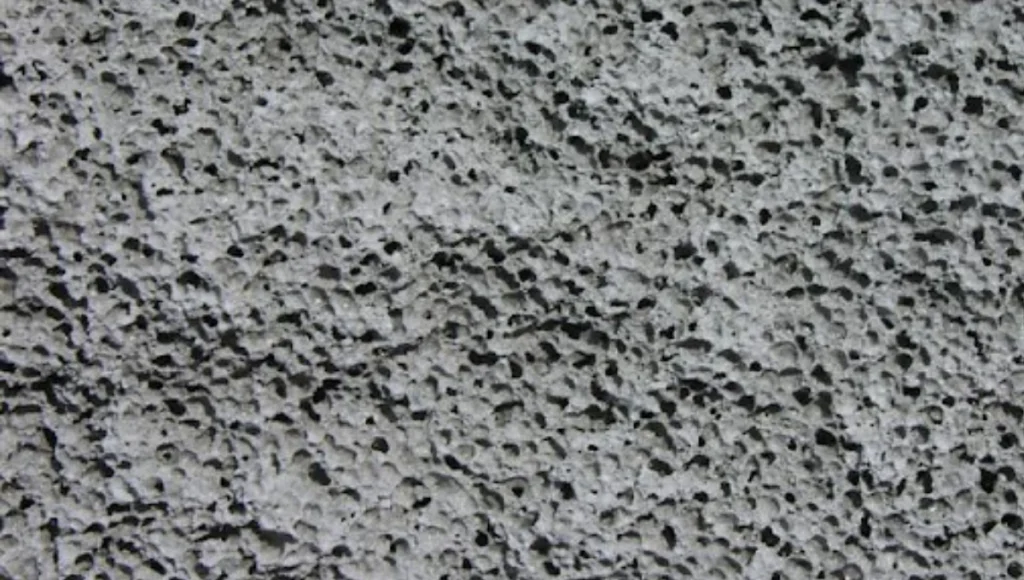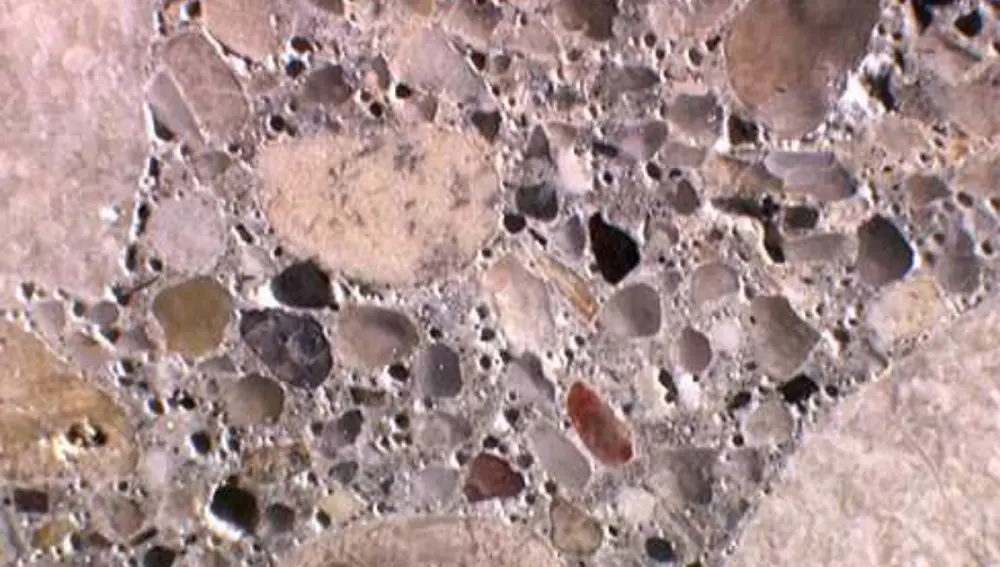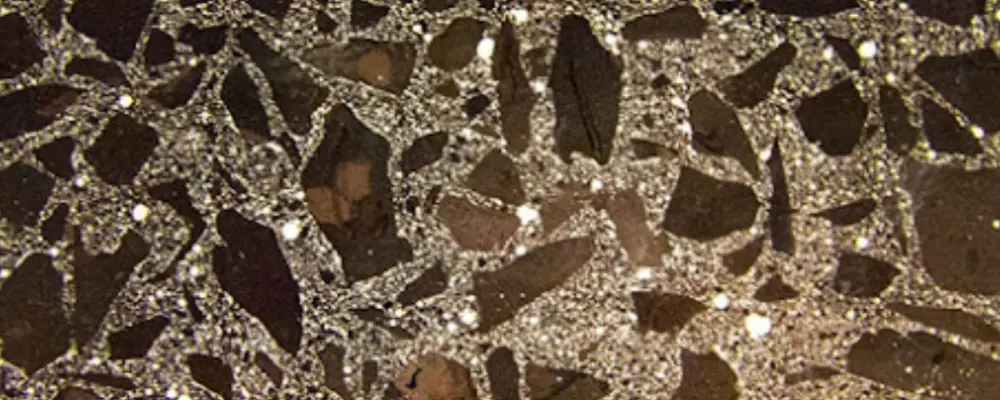Tiny little air bubbles in concrete mixtures, added by air-entraining cement, have completely transformed modern construction. This is because these little pockets of air help to flex and harden the concrete, especially in regions that experience changes from freezing to thawing. In this way, concrete can be able to tolerate temperature changes without shattering or crumbling, like providing spacefor growth on its own.
What is Air-Entraining Cement?

Air- entrained cement can be defined as a type of ordinary Portland cement that has been altered in its composition. It is produced with an air-entraining agent in the cement mixture. This agent, when added to water and aggregates forms a number of tiny bubbles in the concrete mixture. These bubbles are in the range of 10 to 300 microns and became dispersed in concrete.
How Air-Entraining Agents Work
Air-entraining agents are specialized chemicals that generate air bubbles and maintain the stability of the air bubbles in the hardened concrete product. These agents can include natural resins, synthetic detergents, or fatty acids. When dispersed in water, these agents form a film over the air bubbles. This film prevents the bubbles from coalescing (coming together as one), and it stabilises the bubbles within the concrete mix.
Types of Air-Entraining Agents
- Natural Resins: These agents are derived from wood or plants. They are biodegradable and don’t harm the environment.
- Synthetic Detergents: People often pick these because they work well and always create stable air bubbles.
- Fatty Acids: We don’t see these as much, but they can work well in special cases where we need unique chemical reactions.
Benefits of Air-Entraining Cement

Adding air bubbles to concrete has many upsides:
1. Better Resistance to Freezing and Thawing
One of the advantages of using air-entraining cement is that it allows fast movement through freeze-thaw cycles. In certain periods or colder regions, water may penetrate the concrete surface, leading to its expansion and crack formation following freezing.
2. Better Workability
Air-entrained concrete is simpler to handle than regular concrete mixes. The small air bubbles reduce friction between the cement and aggregates, which makes the mixture flow more and simplifies pouring and finishing. This improved ease of use helps with projects that need complex forms or detailed finishes.
3. Greater Durability
Air bubbles can make concrete last longer by reducing permeability. This means harmful substances like chlorides and sulfates won’t get into the concrete and won’t damage it as much over time.
4. Less Chance of Separation and Water Rising
Air-entraining agents that put air in concrete help make a mix cohesion better. This cuts down on the risk that aggregate will separate from the cement paste or that water will come up to the top of the concrete. The result is concrete that’s more even and stable all the way through.
5. Need for Less Water
The air bubbles in air-entrained concrete have an impact on the need for excess water in the mix. This can result in a stronger final product, as a lower water-cement ratio often leads to higher overall strength.
Applications of Air-Entraining Cement
Air -entraining cement is widely applicable in a number of construction projects where workability, durability, and resistance to early weathering duration are important. Here are some common applications:
1. Pavements and Roads
Air entrained concrete is widely seen as being used by builders to develop pavements and roads, especially in regions that experience many blizzards. The air-entrained concrete has the advantage of withstanding freeze-thaw cycles, so the surface is not likely to require repair or further maintenance.
2. Bridges and Overpasses
Bridges and overpasses face tough weather conditions . Air-entraining cement helps protect these structures. It reduces the impact of freezing and thawing cycles. This makes them last longer.
3. Airport Runways
Runways need to handle heavy loads and bad weather. Air-entrained concrete gives them the toughness and resistance they need. This ensures safe and reliable surfaces for planes to use.
4. Dams and Hydraulic Structures
Structures like dams and spillways benefit from air-entraining cement. It resists water seeping in and damage from freezing and thawing. This makes these key structures safer and longer-lasting.
5. Sidewalks and Driveways
In residential and business settings, builders often use air-entrained concrete to make sidewalks and driveways. This choice helps stop cracks and surface damage from freeze-thaw cycles and de-icing salts.
6. Marine Structures
Air-entraining cement works great for structures in saltwater, like piers, jetties, and seawalls. The tiny air bubbles cut down on chloride getting in, which helps protect steel reinforcements from rust.
7. Architectural Concrete
When projects need fancy finishes, air-entrained concrete is easier to work with and less likely to have surface flaws. This makes it a top pick for architectural uses.
Mixing and Proportioning of Air-Entrained Concrete
Making a good air-entrained concrete mix requires careful thought about several things:
1. Mix Design
The mix design for air-entrained concrete needs to account for the desired air content, which ranges from 4% to 8% of the total volume. The specific air content depends on the environmental conditions and required durability.
2. Water-Cement Ratio
Keeping the right water-cement ratio is key to getting the strength and durability you want. Air-entraining agents can lower the need for water, letting you use lower water-cement ratios.
3. Aggregate Selection
The aggregate selection has an impact on the air content and the overall effectiveness of the concrete blend. Well-graded aggregates with the right particle sizes play a key role in creating a stable mix.
4. Mixing Process
Good mixing is key to spreading air bubbles through the concrete. We must fine-tune mixing time and speed to get the air content we want without overmixing, which can make bubbles pop.
Quality Control and Testing
To make sure air-entrained concrete works well, we need quality checks and tests:
1. Air Content Testing
Checking the air content in fresh concrete is key to making sure the mix meets the specificset standards. People often use the pressure and volumetric methods to measure how much air is in the concrete.
2. Slump Test
The slump test checks how easy it is to work with the concrete mix. Concrete with air added has a higher slump than mixes without air. This shows it flows better and is easier to place.
3. Compressive Strength Testing
Compressive strength tests make sure the concrete with air added is strong enough. People test samples at different ages to see how the strength grows over time.
4. Durability Testing
Tests for durability, like freeze-thaw cycles and chloride penetration, help to evaluate how air-entrained concrete performs over time in harsh environments.
Challenges and Considerations
Air-entraining cement provides many advantages, but users should keep these challenges and considerations in mind:
1. Cost
Adding air-entraining agents can make concrete production more expensive. However, the benefits of durability over time often make up for the higher initial cost.
2. Air Content Control
Getting and keeping the right air content can prove tricky in field conditions. Users need to watch and adjust the mix to ensure consistent results.
3. Compatibility with Admixtures
Air-entraining agents must be compatible with accelerators and water reducers in the concrete mix. Tests, careful monitoring, and talks with suppliers can help make sure they get along.
4. How it Affects Strength
Air-entrained concrete has a bit less compressive strength than concrete without air bubbles. But people often think this trade-off is okay because it lasts longer and stands up better to freezing and thawing.
To Wrap Up
The field of civil engineering makes considerable use of air-entraining cement. It affects the structure’s durability, strength, and ability to thaw and freeze. Highways, bridges, coast projects, and other unconventional structures are some of the examples. If builders and developers knew the pros and cons of using air-entraining cement, they would make better choices.

